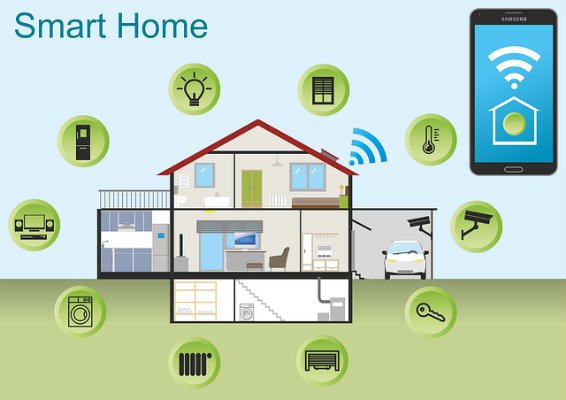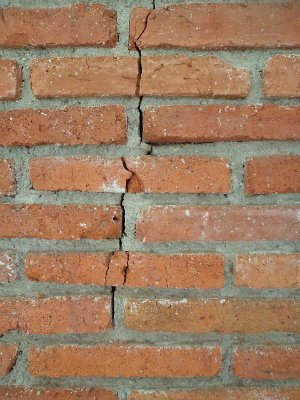You’ve heard time and time again WHY getting a home inspection is important and helpful. But do you know what to do once it’s over?
Whether you’re buying or selling a home, making sense of an inspection report can be challenging.
The big questions come in for the sellers: Do you need to fix everything? Do you HAVE to? Where do I begin?
These are all common questions that homeowners have after receiving their inspection report. And while there is no definite answer, we’ll try to shed some light today.
Before getting started, we want to address the importance of required repairs. First of all, typically sellers must repair any health or safety-related issues. While every state has its own laws and requirements regarding safety issues, these are the common areas that must be addressed.
Health and Safety-Related Repairs That Sellers Must Do After The Inspection
- Significant water damage
- Missing smoke detectors
- Mold issues
- Structural damage
- Building code violations
Both parties have rights in this situation. The buyer has the right to ask the seller to fix the issues uncovered in the inspection. Or they can then negotiate a lower price.
Whereas if you, as the seller, do not agree with the report, you have the right to hire your own licensed inspector to perform an inspection as well.
When it comes to cosmetic repairs, i.e. broken door handles or the normal wear and tear, you generally aren’t required to fix them. However, be sure that you are fully aware of your required repairs in the contract before signing.
Sellers Must Decide to Continue Or Not
As a seller, once you receive the inspection report and the list of the buyer’s requested items to be fixed, you have two choices:
- Fix the items
- Discontinue the sale of the home
You must decide which is best for you and your situation.
But remember that if you discontinue the sale and new buyers come along, you are legally bound to share the previous inspection report with the new buyers. The cycle will likely not end and you will continue to incur more costs.
Negotiation Is Possible
You also have the opportunity to negotiate.
It’s possible that some of the requested repairs could become shared expenses.
There are some reasonable requests for shared expenses, like a water heater. If you didn’t promise a home with a brand-new water heater and the buyer didn’t expect to go 15 years without replacing it, it’s possible to discuss splitting the costs.
Keep in mind that an average repair could be between $500 and $5,000.
If this or major repairs (like a roof replacement) are not possible with your budget, don’t sweat it.
In this case you should simply note the age and condition in the property disclosure and reflect the repair need in the asking price or offer a repair credit at closing. By being upfront and asking a fair price, buyers won’t accuse you of being suspicious.
When you’re selling your home, the first impression is your only impression.
So get ahead of any issues and save yourself from being blindsided by getting a seller’s inspection. If you have any questions about the inspection process (before, during, and after) we’d be happy to speak with you!
Schedule an appointment here or get in touch with one of our home inspection experts today!
We Can Help





